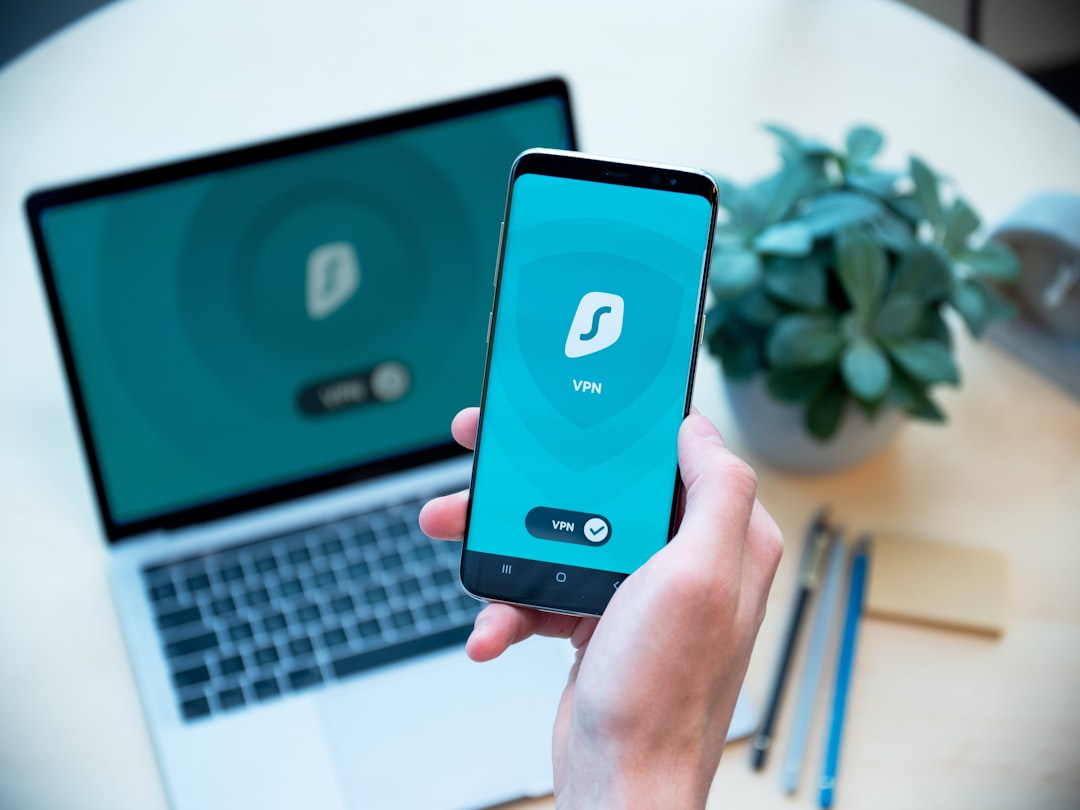Airports are bustling hubs of activity, filled with travelers rushing to their gates, checking messages, and connecting to free public Wi-Fi. While they provide convenience, especially for those who need to stay connected on the go, airports are also hotspots for cybersecurity risks and device theft. Ensuring the safety and security of your personal devices while traveling starts before you even reach the airport and continues well after you board your flight.
Whether you’re a frequent flyer or an occasional traveler, knowing how to safeguard your devices is essential. The following tips offer guidance on keeping your smartphones, tablets, and laptops safe and secure while navigating through airports.
1. Avoid Using Public USB Charging Stations
Though convenient, public USB charging stations found throughout airport terminals can be dangerous. Cybercriminals can use compromised USB ports to install malware or steal data in what is known as “juice jacking.” To minimize risk, travelers should consider carrying a portable power bank or use a USB data blocker that prevents data transmission while allowing charging.
2. Use Secure Wi-Fi Connections
Public Wi-Fi networks, such as those in airports, are notoriously unsecure. Hackers can intercept data being transmitted over these networks, potentially giving them access to email accounts, passwords, and sensitive files.
- Always use a VPN (Virtual Private Network) when connecting to airport Wi-Fi. A VPN encrypts your internet traffic, keeping it safe from prying eyes.
- Avoid accessing banking or sensitive applications while on public networks.
- Forget the network after use to prevent automatic reconnection in the future.

3. Keep Devices with You at All Times
Unattended devices are easy targets for thieves. Even in seemingly secure areas like lounges, airport theft is a real risk. Always keep your devices in your carry-on bag, and don’t leave them unattended, even briefly—especially when going through security checks or stepping away for a coffee.
4. Use Strong Passwords and Multi-Factor Authentication (MFA)
Before heading to the airport, make sure all your devices are secured with strong, unique passwords. Devices should also be equipped with biometric authentication like fingerprint or facial recognition. Additionally, enabling multi-factor authentication wherever possible adds an extra layer of protection for your accounts.
5. Disable Auto-Connect and Bluetooth
Many devices are set to automatically connect to known networks or Bluetooth devices. While convenient, this feature can be exploited. Disable auto-connect and turn off Bluetooth unless you’re actively using it to prevent unauthorized connections or tracking.
6. Update Your Software and Use Security Software
Make sure your device’s operating system, apps, and antivirus software are up to date before traveling. Software updates frequently contain patches for security vulnerabilities. Install a reputable security suite that includes anti-malware, firewall protection, and theft detection in case your device is lost or stolen.

7. Backup Your Data
Even with all the proper precautions, there’s always a risk of theft or loss. Backing up your data regularly ensures that you won’t lose important documents, photos, or contacts if anything happens to your device while traveling. Cloud backups or external storage solutions are both reliable options.
FAQ: Frequently Asked Questions
- Q: Is airport Wi-Fi safe to use?
A: No, public Wi-Fi is rarely secure. Always use a VPN and avoid accessing sensitive information over these networks. - Q: How can I charge my phone safely at the airport?
A: Use a power bank or plug your charging cable directly into an electrical outlet with your own wall adapter. Avoid public USB ports unless using a USB data blocker. - Q: What should I do if my device is stolen at the airport?
A: Immediately report the theft to airport security, contact your mobile carrier, and use any remote-tracking or wipe features you have enabled. Notify your bank and change your passwords as a precaution. - Q: Should I keep Bluetooth turned off?
A: Yes. Keep Bluetooth turned off unless you’re actively using it to prevent unauthorized access or tracking of your device. - Q: Is it safe to use mobile hotspots instead of airport Wi-Fi?
A: Generally, yes. A personal mobile hotspot is typically more secure than public Wi-Fi, as it’s encrypted and not shared with the general public.
By staying vigilant and taking proactive measures, travelers can dramatically reduce the risk of theft, hacking, and data loss. A few extra precautions taken before and during your flight can save you a world of trouble later on.



